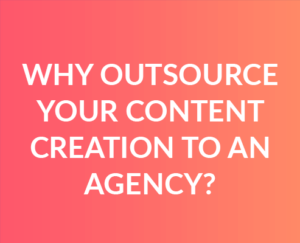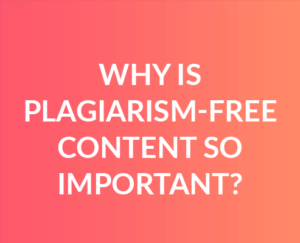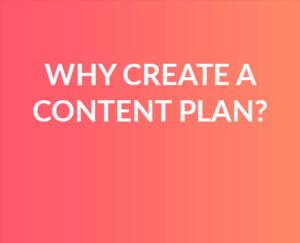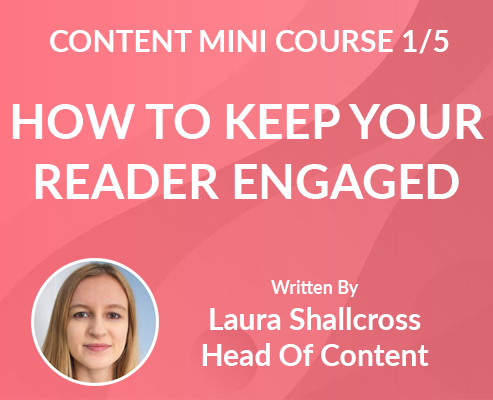The depressing truth about the world we live in today is that written marketing is now much more difficult to get right than ever before, for one simple reason: no-one has time for reading anymore. Apart from the select 20 to 30 percent who are still keen on the written word, the world has evolved into a scrolling, clicking, watching, skipping bunch of distractibles.
We all personally know of one or several distractibles. They can’t even watch a 2-minute video on Facebook before moving onto something else. They haven’t got time for lengthy explanations. They won’t even read a Netflix programme description if it’s too long.
Like it or not, attention spans are shortening, and many people just can’t be bothered to read written copy anymore. Which obviously creates a bit of an issue for you, a business owner with a product or a service to sell.
What Can You Do?
As disheartening as it may feel to know that your online audience doesn’t have the time for you, reassure yourself that written copy still sells. You just need to be able to convince a potential customer that your product or service is genuinely worth reading more about – genuinely intriguing – and provide the right resources for them to continue towards making a sale. Which means your writing needs to be more engaging and concise than ever before.
Tips For Engaging Your Reader
The Headline
Engaging your reader starts right at the beginning, with your blog post’s headline. You need to make sure that your headline offers a realistic promise of what your content will discuss – so while it’s tempting to write something click-baity along the lines of “this outrageous truth about marketing will change your life”, if you then go on to discuss something that everyone knows already, you’re wasting your customer’s time. Which won’t often work in your favour.
At the same time, your headline needs to be genuinely intriguing to make your customer feel enticed to click on it in the first place. If your blog post is offering advice, handy information, or even just a slice of humour or entertainment, be sure to communicate that through your headline.
The Content
The trick to a good piece of content is getting to the point. How annoying is it, for example, when you just want to reference a recipe for pancakes, but you have to scroll through a food blogger’s entire life story before you even come across it?
Deliver your headline’s promise. The sooner you can get started on your blog post’s main purpose, the better. Only include additional information if it’s genuinely valuable to the user.
Summing It Up
There’s a focus on longer blog posts over shorter at the moment, and for good reason – they’re more favourable if you’re looking to improve your ranking on search engines like Google.
But that doesn’t mean you should waffle on forever beyond the point you were trying to make in the first place. Know when to stop, and keep your reader intrigued. You can finish off with a relevant internal link to another of your webpages; whether that’s to a related blog post or a sales page.





